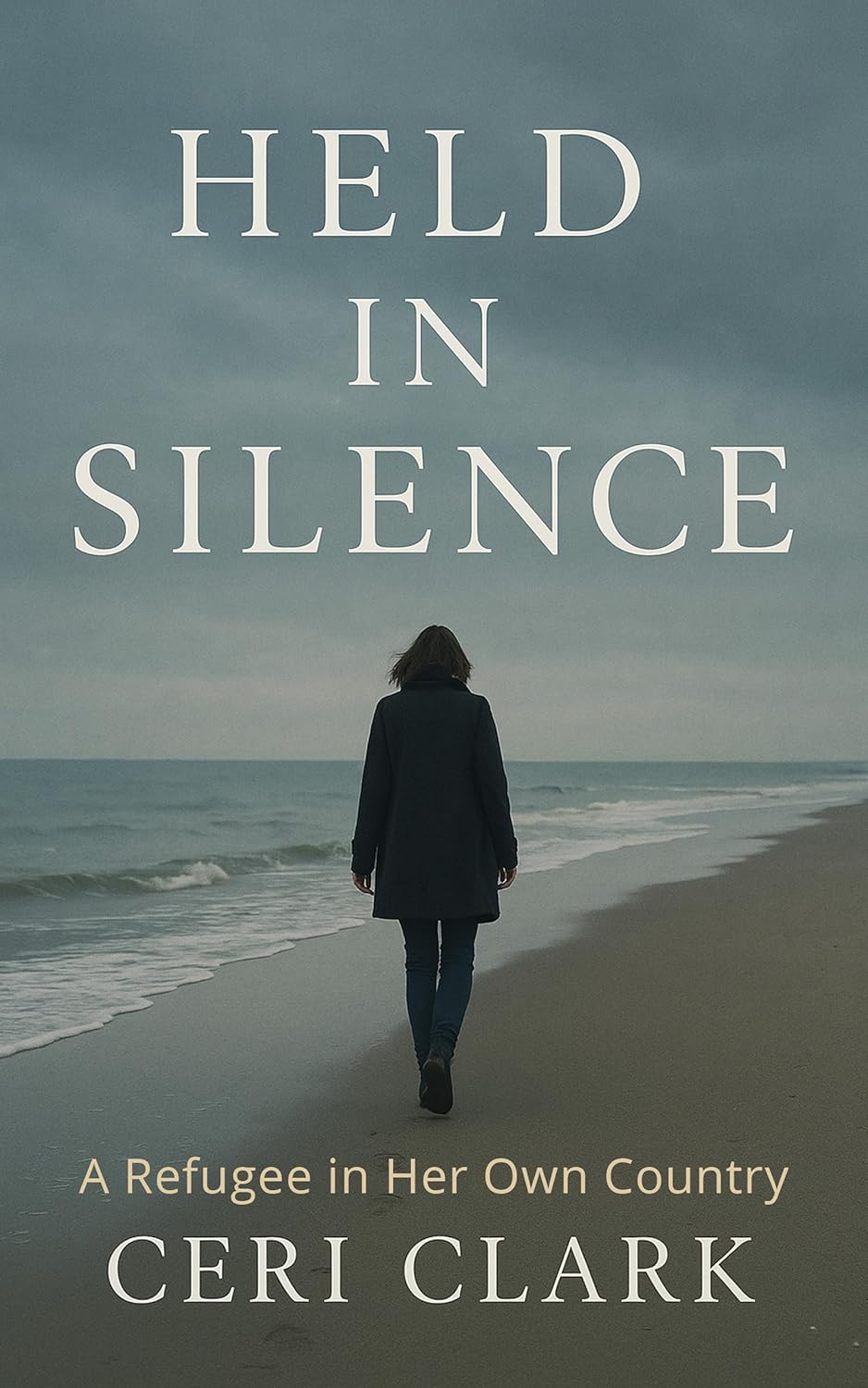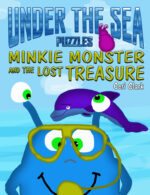A Gripping Tale of Women’s Survival Fiction
It starts with a decision made on a moonlit beach, silent, instinctive, and terrifyingly final. Injured, barefoot, and pursued by a man who once vowed to love her, a woman slips into the shadows of another life. When the border patrol mistakes her for a refugee, she doesn’t correct them. Instead, she lets herself disappear. Not to escape justice, but to escape him.
This is about surviving, silently, invisibly, and at great cost. Held in Silence plunges readers into the claustrophobic world of Britain’s asylum system, a surreal limbo of fluorescent lighting, shared rooms, shouted orders, and the kind of fear that makes even breathing feel like exposure.
Inside the Walls: The Refuge of Silence
In the asylum hotel, where lives are paused and identities dissolve, silence becomes her shield. Language is no longer her ally. Trust is currency she can’t afford to spend. She bonds with Yasmin, a refugee girl who offers biscuits and quiet companionship. A roommate offers kindness without words. These women form a fragile network of whispered care and a quiet solidarity. It gives her comfort and proof that even in places built to fracture, human connection still endures.
But her fear grows louder with every passing day. People vanish. Rumours fill in the gaps left behind. The protagonist is still nameless, still hiding. and she is beginning to unravel, haunted by dreams of drowning, corridors that loop, and a life suspended by a lie too heavy to carry much longer.
Escaping the System
When her last thread of trust, Yasmin, disappears overnight, the silence she once wore like armour turns suffocating. A pamphlet in a church outing leads her to Willow House, a shelter for women escaping domestic violence. Here, she learns new rules. There are no questions, no proof, only safety.
At Willow House, she helps cook. She listens. She writes. In a place where no one needs her real name, she begins to find herself again, as someone softer, tougher, and hers alone.
There isn’t a final confrontation, or courtroom showdown. This is a quieter kind of justice, told in the scent of stew, the curve of a paper boat, and the gentle reclaiming of voice.
Why This Women’s Survival Fiction Stands Apart
Held in Silence is a character study wrapped in tension; a work of fiction that blends real life with intimate emotion. It dares to ask what survival looks like when power is stolen and the world shrinks to four walls and one secret.
For readers who crave emotional depth, chilling realism, and female-led narratives of resilience, *Held in Silence* delivers an unforgettable experience.
Held in Silence FAQ
How accurate is the portrayal of the asylum process?
The story is a work of fiction. It focuses more on emotional truth than procedural accuracy.
Why does the protagonist stay silent instead of asking for help?
The silence is symbolic as well as practical. In situations of trauma and fear, staying quiet can feel safer than the risk of being disbelieved.
Is the book intended to critique the UK’s asylum system?
The novel isn’t a political statement but does highlight the emotional and psychological cost of dehumanizing systems, inspired by real-life headlines. Immigration is a hot potato and I do not want to get burned by it, either from one point of view or the other. I will take my opinions to the grave.
What genre does Held in Silence fall under?
It's best described as women’s survival fiction with elements of literary suspense and social realism. It’s atmospheric, and emotionally layered.
What kind of book is this, and who might enjoy it?
Held in Silence is literary fiction with strong suspense elements. If you appreciated the emotional intensity of Room by Emma Donoghue or the quiet power of Disobedience by Naomi Alderman, this story may resonate with you.
Does Held in Silence have a hopeful ending?
The ending offers a sense of possibility, not perfection. Healing is shown as messy, non-linear, and deeply human. The protagonist has gone through a lot and the ending reflects this. It's hopeful, but not perfect.
Does this story have a trigger warning?
Yes, this novel contains references to domestic violence, trauma, emotional abuse, displacement, and themes of identity loss. It is not graphic, but may be emotionally intense for some readers.






